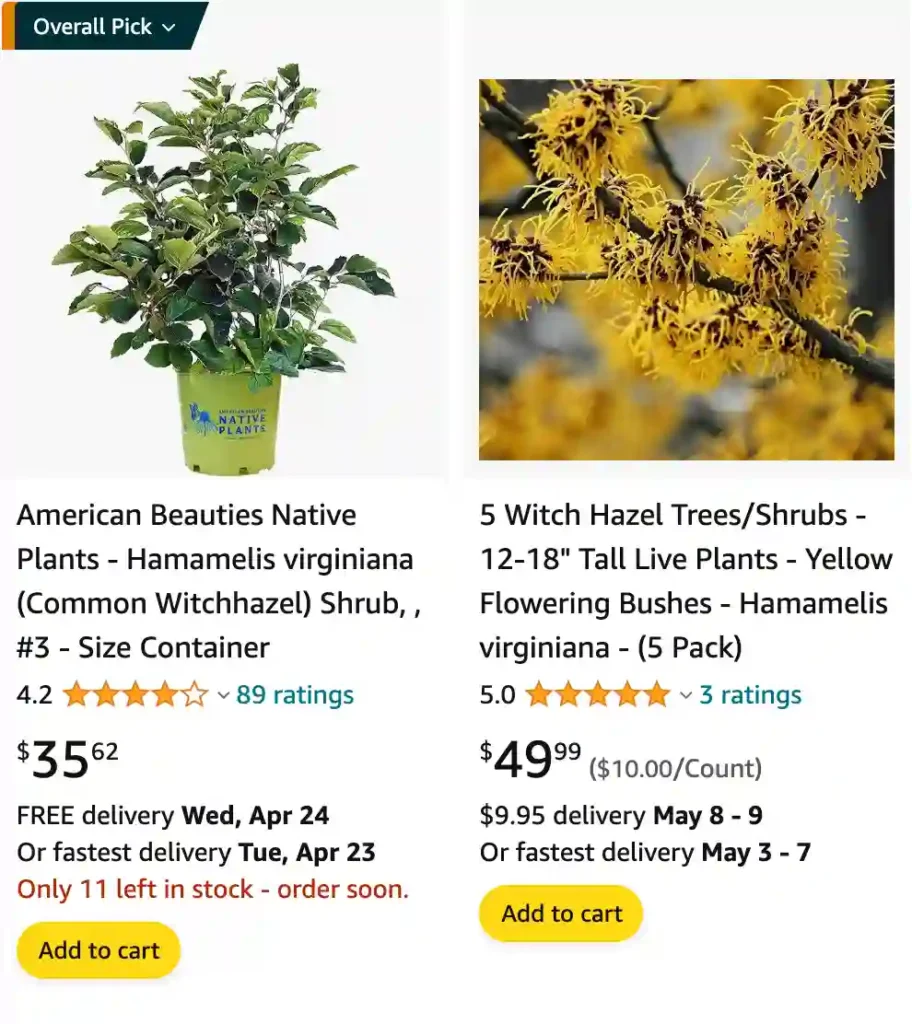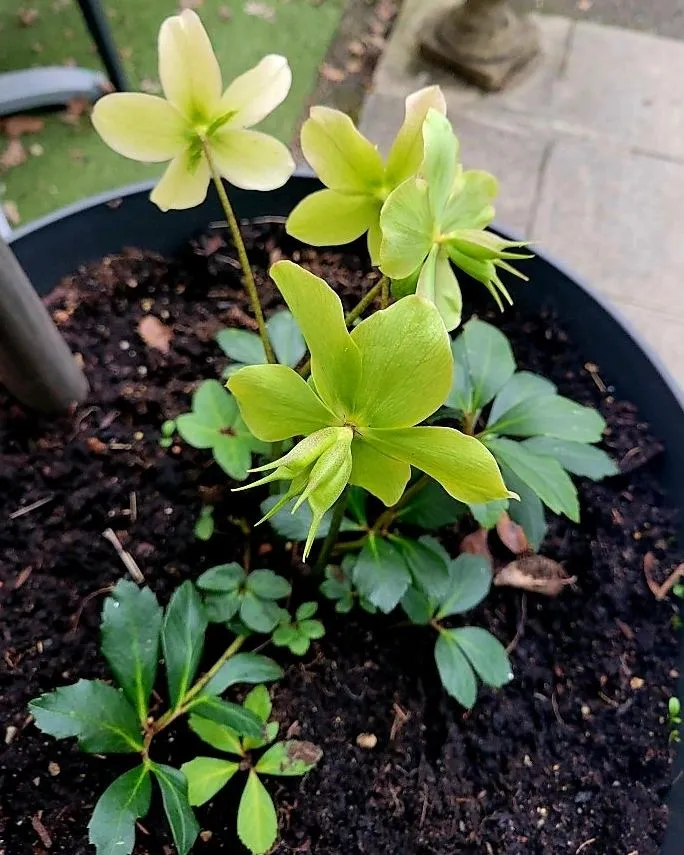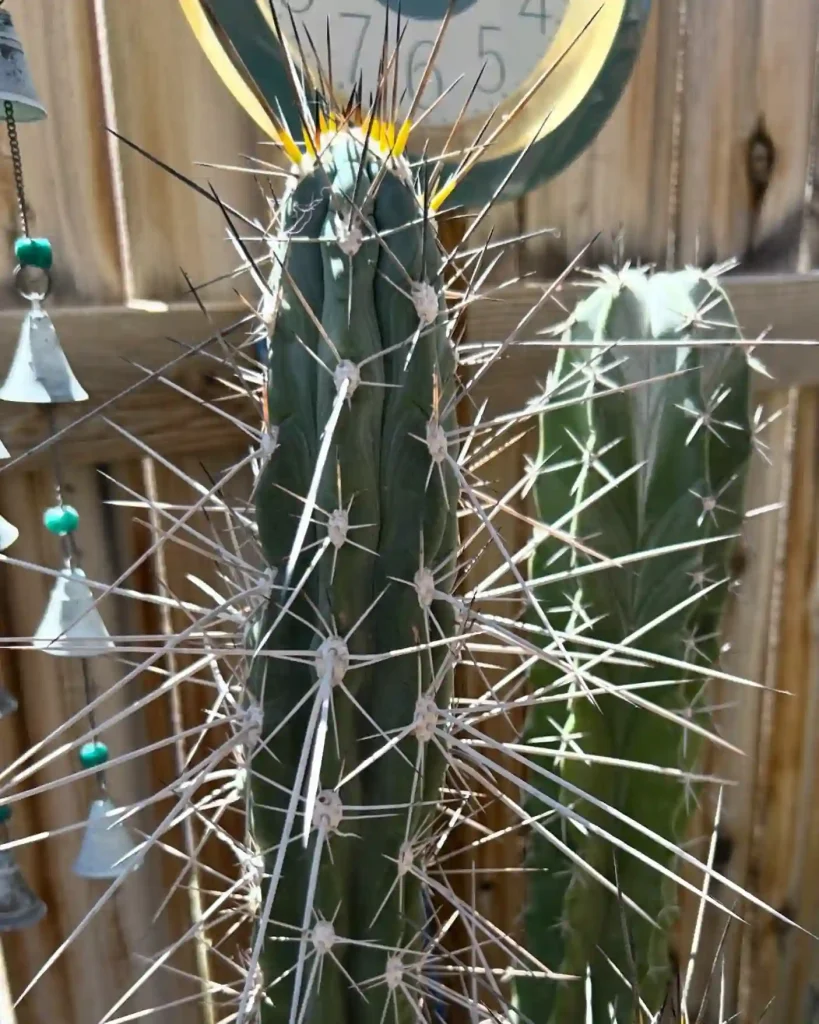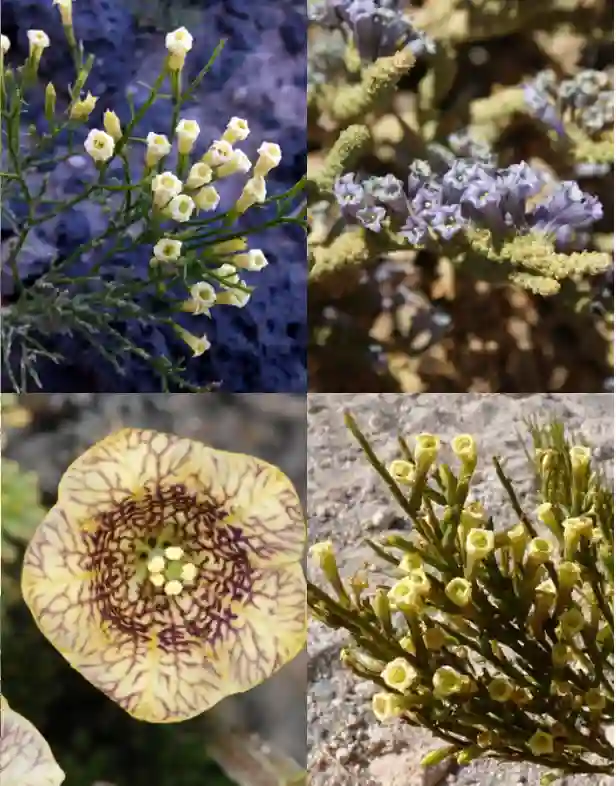
The Enchanting World of Witch Hazel: A Personal Exploration
In this article, I, Ferb Vu, will delve into the fascinating world of Hamamelis, commonly known as witch hazel. This genus of flowering plants has captivated me with its unique characteristics and diverse applications. Join me as we explore the different species, their ecological roles, and their significance in both traditional and modern contexts.
A Brief Overview of Hamamelis
Hamamelis is a genus of deciduous shrubs or small trees belonging to the family Hamamelidaceae. The name “witch hazel” has its roots in Middle English, where “wiche” meant “pliant” or “bendable,” referring to the plant’s flexible branches. These plants are renowned for their fragrant flowers, which typically bloom in late autumn or winter, adding a splash of color to the otherwise dormant landscape. The flowers are characterized by their spidery petals, often in shades of yellow, orange, or red.
But Hamamelis is more than just a pretty face. It has a long history of use in traditional medicine, particularly for its astringent and anti-inflammatory properties. Extracts from the leaves and bark are commonly used in skincare products and to treat minor skin irritations.
Species in Hamamelis
The genus Hamamelis comprises a small but diverse group of species, each with its own unique characteristics and distribution:
- Hamamelis virginiana (Common Witch Hazel): Native to eastern North America, this species is the most widely known and commercially utilized. It is easily recognizable by its yellow flowers, which bloom in the fall, coinciding with the ripening of its fruits.
- Hamamelis vernalis (Ozark Witch Hazel): Also native to North America, this species is found primarily in the Ozark Mountains. It blooms in late winter or early spring, producing fragrant yellow to red flowers.
- Hamamelis japonica (Japanese Witch Hazel): As the name suggests, this species is native to Japan. It is prized for its showy flowers, which range in color from pale yellow to deep red, and bloom in late winter.
- Hamamelis mollis (Chinese Witch Hazel): Originating from China, this species is known for its large, fragrant yellow flowers and its soft, hairy leaves.
- Hamamelis ovalis (Big-Leaf Witch Hazel): This recently discovered species is native to the southeastern United States. It is distinguished by its large, rounded leaves and its fragrant yellow flowers.
Ecological Importance of Hamamelis
Hamamelis species play a vital role in their respective ecosystems. Their flowers provide a valuable source of nectar for pollinators, especially during the late fall and winter months when other food sources are scarce. The seeds, which are dispersed explosively from the fruit capsules, provide food for various birds and small mammals. Moreover, the dense foliage of witch hazel shrubs offers shelter and nesting sites for wildlife.
Hamamelis in Traditional and Modern Applications
The use of Hamamelis dates back centuries, with Native Americans employing various parts of the plant for medicinal purposes. They used the leaves and bark to create poultices for treating wounds, sores, and inflammation. This traditional knowledge paved the way for the modern applications of witch hazel.
Today, Hamamelis extracts are widely used in skincare and cosmetic products. The astringent properties help to tighten pores and reduce inflammation, making it an effective treatment for acne, eczema, and other skin conditions. Witch hazel is also used in aftershave lotions, hemorrhoid treatments, and even to soothe insect bites.
Conservation of Hamamelis
While most Hamamelis species are not currently considered threatened, habitat loss due to deforestation and urbanization poses a potential risk. It is crucial to ensure the sustainable harvesting of wild populations and to promote the cultivation of Hamamelis for commercial purposes.
FAQs
What is witch hazel used for?
You wouldn’t believe how versatile witch hazel is! For me, it’s a must-have for any minor skin irritation. A pesky mosquito bite? Dab some witch hazel! A bit of sunburn? Witch hazel to the rescue! It’s known for its anti-inflammatory properties, so it helps take down the redness and swelling in a flash. Sometimes if I have a breakout, I’ll spot-treat with some witch hazel overnight – it dries pimples out and makes them less noticeable by morning. Honestly, it always leaves my skin feeling refreshed and balanced, and I don’t know what I’d do without it!
Is witch hazel good for acne?
Witch hazel can definitely be a good tool in your acne-fighting arsenal, but it’s not a miracle cure. My experience has been that it helps with minor to moderate breakouts. Its astringent properties help remove excess oil from your skin, which can prevent clogged pores – a major culprit for acne. Plus, it has anti-inflammatory properties that calm down redness and angry-looking pimples. I wouldn’t say it’ll completely clear up your acne, but I’ve noticed it helps to reduce the overall frequency and severity of my breakouts.
Does witch hazel expire?
Yes, witch hazel does expire, but it has surprisingly a long shelf life! Most commercial brands will have an expiration date on the bottle, but even without one, it’s generally safe to use for a few years. I always make a habit of checking the date before I buy a new one, and I keep an eye on older bottles just in case. If the witch hazel starts to smell different or the color changes, it’s definitely time to toss it and get a fresh one.
Can you use witch hazel on dogs?
Yes, you generally can use witch hazel on dogs for minor skin irritations, but it’s important to use it with caution and consult your vet beforehand. I’ve used diluted witch hazel on my dog for things like small cuts or hot spots, and it helped with the itchiness and inflammation. The thing to remember is that you need to choose witch hazel with very low or no alcohol content, as alcohol can be drying and irritating to a dog’s skin. Always talk to your vet – they can advise if it’s appropriate and how best to use it for your furry friend.
Does witch hazel spoil?
Technically, witch hazel can spoil, although it takes quite a while. The high alcohol content in most commercially available witch hazel acts as a natural preservative, extending its shelf life significantly. However, over time ingredients can break down, and if it’s improperly stored, it might change in ways you wouldn’t want to use on your skin. I always check the smell and look of my witch hazel – if it smells weird, has changed color, or has anything funky growing in the bottle, I play it safe and toss it out.
Is witch hazel safe for cats?
Generally, it’s not a good idea to use witch hazel on cats. Cats are super sensitive, and substances that are okay for humans or even dogs can be troublesome for them. The alcohol content in most witch hazel can irritate a cat’s delicate skin. Plus, cats groom themselves constantly, and they could end up ingesting the witch hazel, which isn’t good. It’s always better to err on the side of caution and talk to your vet before using any topical treatment, including witch hazel, on your feline friend.
Do witch hazel have alcohol in it?
Yes, most types of witch hazel do contain alcohol. Alcohol is used in the extraction process to draw out the beneficial compounds from the witch hazel plant. It’s also a natural preservative that helps extend the shelf life of the product. However, there are alcohol-free witch hazel options out there! They might be gentler on sensitive skin. I always check the label to see if a formula contains alcohol and in what percentage so I can make the best choice for my skin’s needs.
Can i use witch hazel to clean my piercing?
Absolutely not! While witch hazel has some nice uses, it’s not the right choice for cleaning a piercing. It can actually irritate and dry out the healing skin around your piercing, which slows down the whole process. The best way to take care of a fresh piercing is with a simple sterile saline solution and following your piercer’s instructions. I know it’s tempting to use other products, but trust me, keeping it simple is the way to go for a happy, healthy piercing.
Concluding Thoughts
The genus Hamamelis is a testament to the beauty and utility of the natural world. From its vibrant flowers and ecological significance to its diverse applications in traditional and modern medicine, witch hazel continues to fascinate and benefit us. As we move forward, it is essential to appreciate and conserve these valuable plants for generations to come.
If i die, water my plants!



